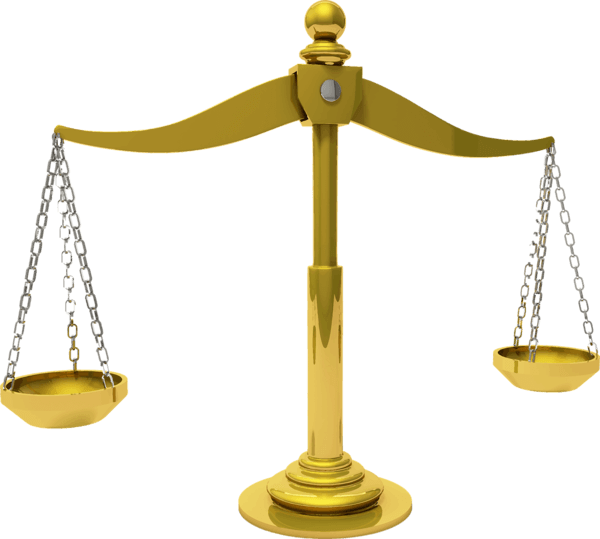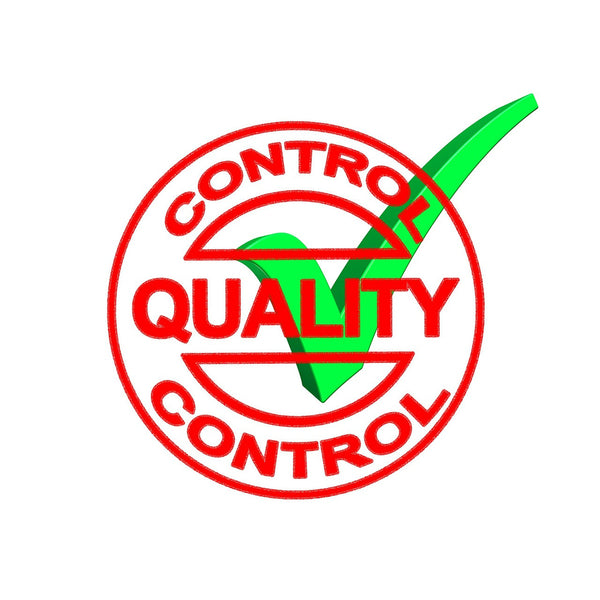The 12th International Workshop on Low Temperature Electronics (WOLTE – 12) School of Earth and Science Exploration, Arizona State University
As a representative from Scientific Alloys Corporation, I took part in the 12th International Workshop on Low Temperature Electronics (WOLTE-12), which was held this year at Arizona State University. The conference has been held biannually for almost 30 years and for the first time it was held in the United States. Arizona State, with its extensive engineering and laboratory facilities involved both in the manufacturing and testing of actual equipment used in space, was the perfect setting. In attendance were astrophysicists and academics from all over the world, as well as representatives from companies like Northrop Grumman and IBM. The workshop included lectures, Q&A sessions, laboratory tours, poster presentations, and a variety of social events where scientists, engineers, and businessmen engaged in a free exchange of ideas in the area of cryogenics and ultra-cold temperature electronics.
Presenters covered a range of topics such as:
- Low Temperature Device Physics
- Low Temperature Detectors and Readouts
- Semiconductor and Superconductor Devices at Low Temperatures
- Digital Electronics at Low Temperatures
- Optoelectronics at Low Temperatures
- Cryogenic Systems
- Cryo-electronics Applications
- Cryogenic MEMS and NEMS
- Electronic Packaging and Interconnects
- Nanotechnology
- Quantum Computing
Among this vast store of data, which all points to new limits of these disciplines being reached and boundaries being extended, was a free exchange of ideas by many of the top minds in astrophysics and solid state physics instrumentation. These astrophysicists collected together in ASU’s School of Earth and Space Exploration from as far as Australia and China and everywhere in between seem to agree on one thing; the operation and testing of this cutting edge equipment take on whole new sets of parameters and yields many operational improvements when coupled, both in the lab and in the field, with cryogenic systems and ultra-low temperature environments. Cryogenics will, for the foreseeable future, be heavily intertwined with advances in astrophysical and ground based instrumentation ranging from detectors, sensors, resonators, amplifiers, superconductors, and spectrometers to wireless communication. Electronics built or operated with cryogenic technologies may help us detect dark matter directly, create new and efficient ways to explore other planets and the deepest ranges of space, as well as make sure the information superhighway here on earth keeps running faster and faster as our personal and professional needs continue to evolve. The levels to which humanity is now moving information on the ground and detecting information from the stars is placing new demands on all of this fascinating technology. Cryogenics is showing to be heavily involved in many of the solutions and improvements that are required to keep up with our aspirations.
Cryogenic environments have been so successful in leading to new capabilities that engineers and scientists are experimenting liberally hoping to lead to the next great discovery. I witnessed one engineer literally dipping cell phones in liquid nitrogen just to see what will happen!
The excitement and anticipation these men and women experience when using cryogenic technology with electronics is palpable. This was all on display at the WOLTE-12 International Workshop on Low Temperature Electronics. As a result of the necessity of today’s world to know more, go further and move faster, the incorporation of cryogenics may yield some of the greatest advances in Astrophysics, nanotechnology and communication networks that anyone has ever seen.



Christopher Pian
Author